How To Install DIY Drip Watering System In Your Backyard Garden
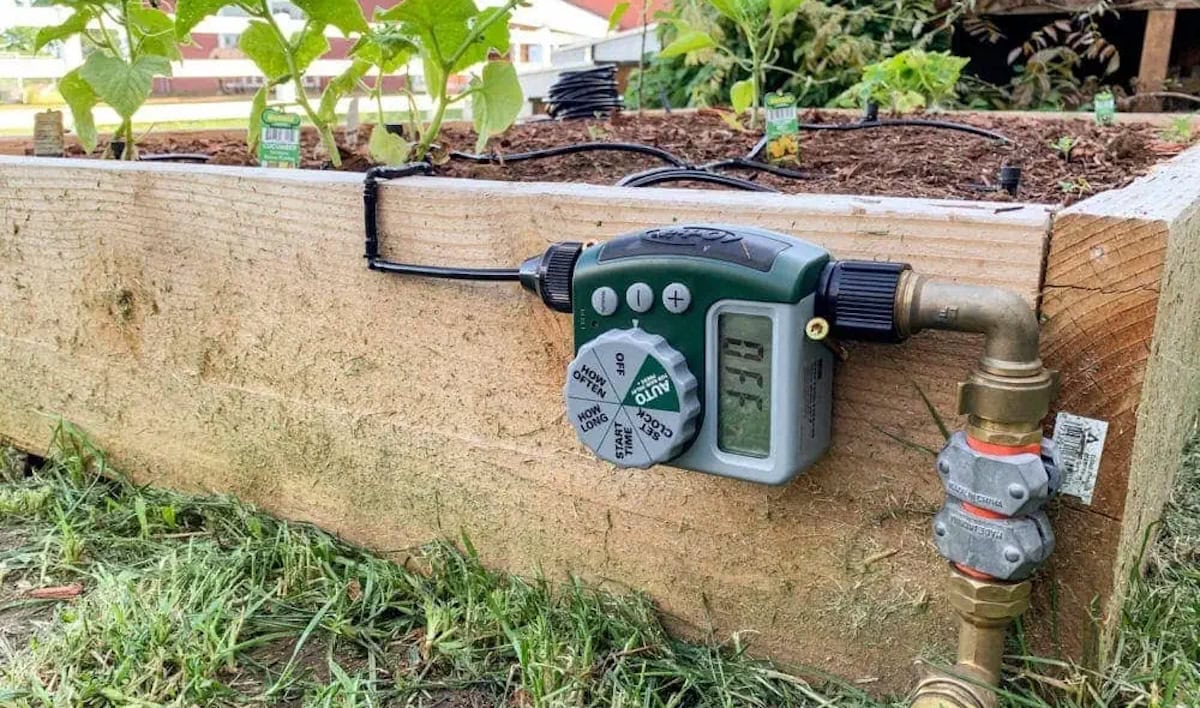
Looking for an easy way to install an automatic drip irrigation system for your vegetable garden? This step by step guide will show you how to make an automatic drip irrigation system at home. Easily setup a DIY automatic drip irrigation kit with a programmable timer to automatically water your garden.
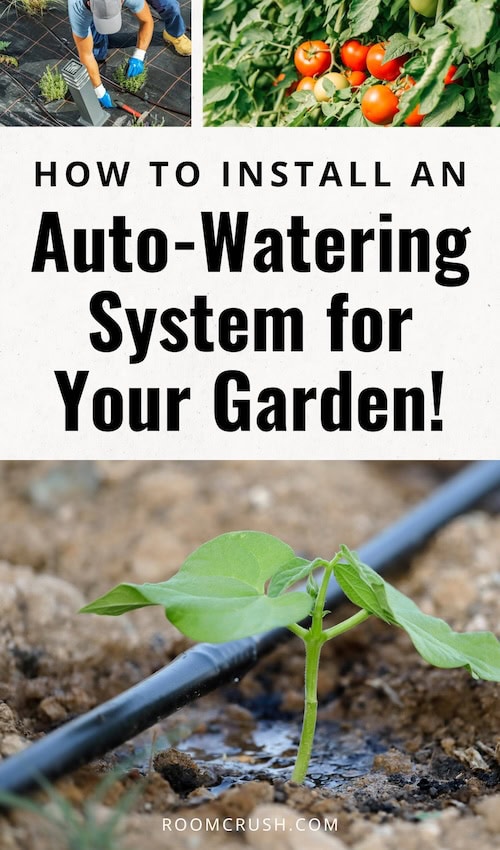
It’s almost gardening season which means I’m busy planning out this year’s garden design and browsing the internet for alllll the gardening hacks.
You too? Well, you’re in luck because today’s post is one of my favorite hacks when it comes to making gardening easier. Because gardening doesn’t have to be complicated, or difficult. Plants only need a few things: food, water, and sun. When those needs are satisfied, a garden will thrive and grow plenty of fresh healthy fruits, vegetables or flowers.
This site uses ads and affiliate content as an Amazon associate earning on qualifying purchases. Disclosure.
Now, before we get started, make sure you have your copy of my Garden Planner to help you ensure that you grow the most glorious garden your neighbors have ever witnessed, this season!
Automatic Drip Watering System for Outdoor Gardens
So let’s dive into one of the most asked questions people have when it comes to gardening: How do I automatically water my garden?
Benefits of Drip Irrigation
There are a few different types of watering systems and I’ve found drip-line irrigation is the most effective way to water raised bed gardens. Plus, drip irrigation is an excellent choice for any garden because it’s easy to set up, and inexpensive.
Drip irrigation uses less water than other watering systems because it is extremely efficient. Drip irrigation systems supply water directly to a plant and its roots in the soil immediately below. Water is delivered exactly where it’s needed, and not wasted in the unused soil between plants (as is the case with sprinkling systems). A drip irrigation system supplies water slowly so the soil is able to absorb essentially all of the water; as a result, very little water is lost to evaporation.
Bonus: Weeds will be less likely to sprout up between plants because the unused soil is not being watered.
Benefits of Automatic Watering
Watering a garden by hand can be a pain, and it takes up precious time. You can easily water too little, too much, or forget entirely. Furthermore, watering by hand requires your presence, which can get in the way of those summer vacation plans!
This is where an automatic watering system comes in handy.
An automatic drip irrigation system will keep watering your garden, right on schedule, even when you aren’t around.
The biggest benefit of using a programmable timer to automate your watering schedule is the time savings; automatic watering will save you time every day!
A drip irrigation system controlled by an automatic timer is the perfect combination, and provides all the benefits of both.
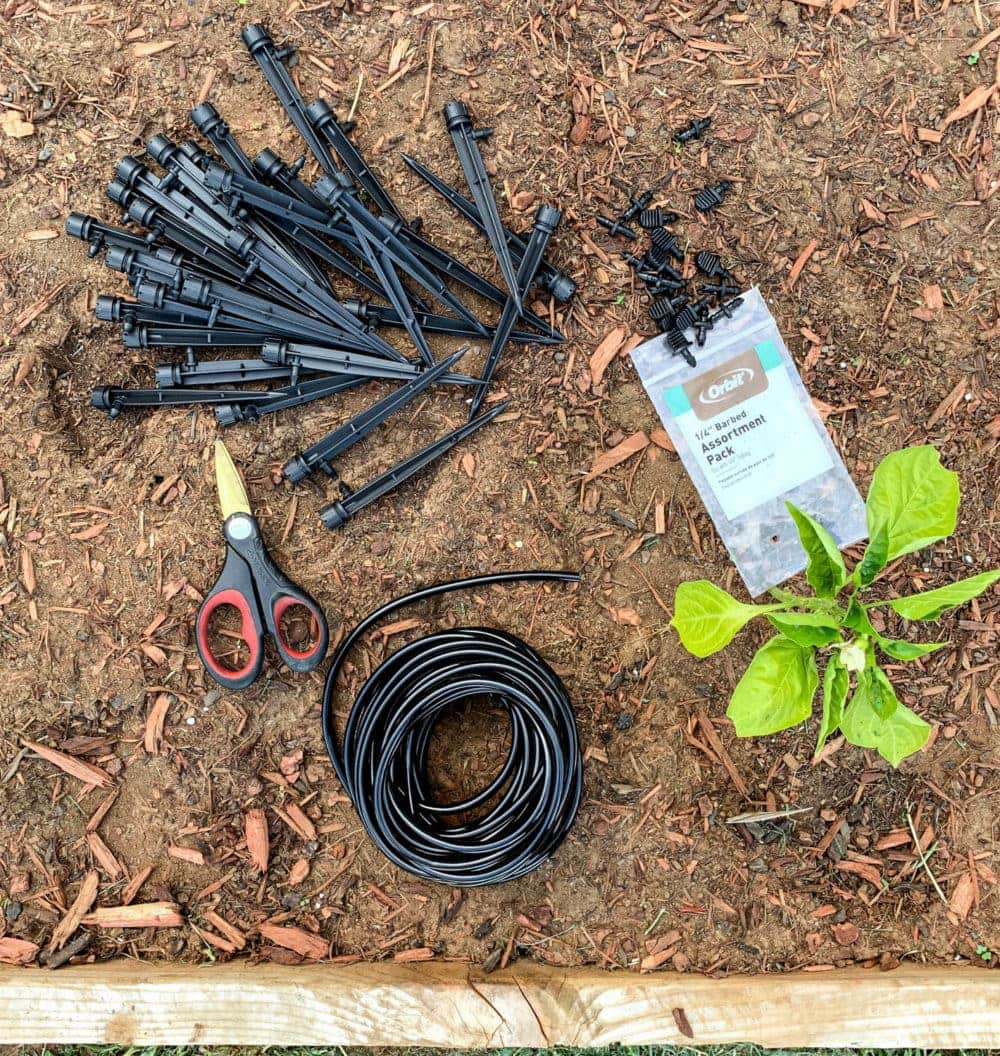
How Do You Make An Automatic Drip Irrigation System At Home?
Setting up an automatic drip watering system outdoors is an easy DIY project, and it’s budget friendly! The project is affordable and can be completed in under an hour.
Before you can get to work on designing and installing a drip irrigation system for your home garden, you’ll first need to have a garden bed.
If you don’t have a raised garden bed yet, or need to build a new one, check out my complete guide on How To Build A DIY Raised Garden Bed. It has all the info you’ll need, plus a step by step video tutorial to help.
Or, if you’d rather just buy one, check out my top picks for Best Raised Garden Beds To Plant A Garden Almost Anywhere. These pre-made, ready-to-assemble kits are easy and affordable. Styles range from galvanized steel, to wood, to rattan, and so many more!
Supplies to Make a Homemade Automatic Drip Irrigation:
- Programmable Automatic Watering Timer
- 1/4″ Drip Tubing (50FT)
- Hose Adapter
- Assorted 1/4″ Barbed Fittings
- Drip Emitters (50)
- Tubing Holder Stakes
Additional Supplies For Larger Systems:
Step 1: Planning & Designing A Drip Watering System for Your Vegetable Garden
Drip irrigation systems use low-flow drip emitters to deliver water to the plants in a garden. Think of drip emitters as mini sprinklers.
Drip emitters have a very small coverage area and must be placed within a few inches a plant. One emitter is needed for each plant.
The number of emitters needed to build a complete drip watering system in a raised garden bed will vary depending on the number of plants, and how large they are.
For example: a large zucchini plant will sprawl out, and can take up nearly half of a raised garden bed. However, small plants can often fit into 12” squares. A garden with only small plants could require as many as 32 drip emitters in a 4ft x 8ft raised garden bed.
I recommend using a notepad and pencil to sketch out a plan for the unique design of your garden.
Pssstttt…Feeling overwhelmed trying to keep track of all your gardening details–when to plant what, which seeds need extra watering, and what was that fertilizer hack that worked so well last year? Grab my Printable Garden Planner!
Try to make your design look like a tree, with one main distribution line that runs the length of the garden (representing the tree trunk) and ‘branches’ that come off the trunk. Each branch should lead to a drip emitter. See the image below for an example.
Make sure to keep all the drip tubing lines straight and parallel with the sides of the raised garden bed. This will keep everything looking neat and tidy.
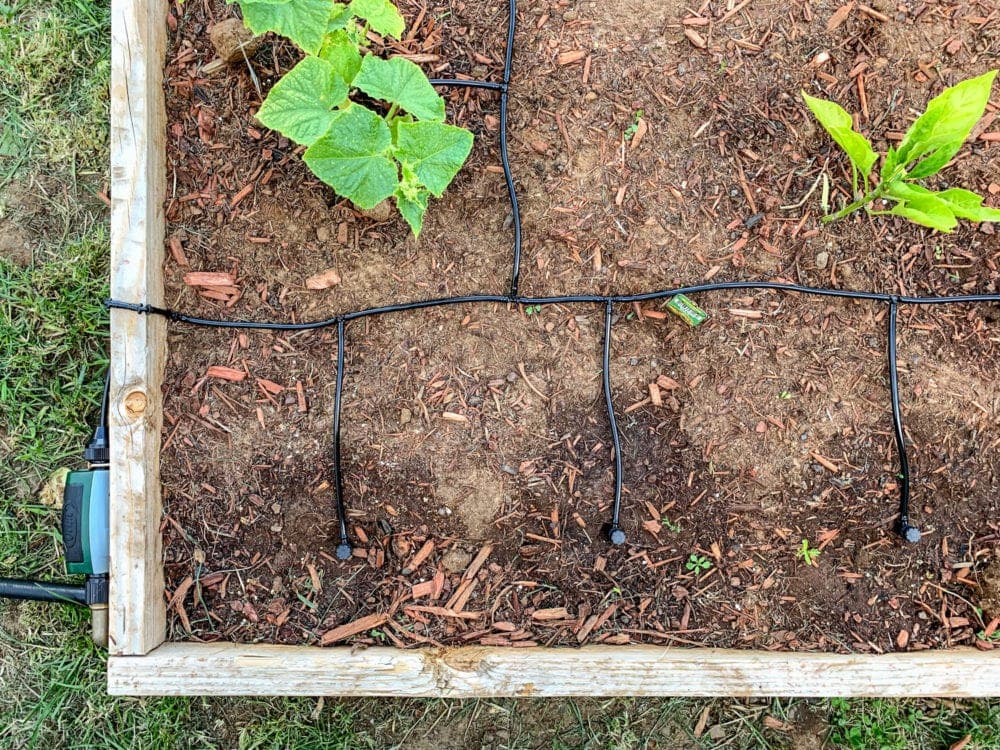
FAQ: How do I determine the correct drip tubing size & flow rates?
A single 1/4″ tubing line will usually supply water to a maximum of 10 drip emitters. Using the correct supply line size is important because an undersized supply line will results in uneven watering (there will not be enough water pressure for the drip emitters at the end of the system).
The maximum flow rate for 1/4″ drip tubing is 30 GPH (gallons per hour) with a maximum of 30 FT of tubing. The drip emitters used in this tutorial have an adjustable flow rate. They can be set between zero and 10 GPM by tightening or loosing the screw-on emitter cap.
At their max flow setting (10 GPM), a 1/4″ drip hose can only supply 3 emitters. However, if you adjust the flow rate down to 3 GPM (or less) the same 1/4″ hose can supply 10 drip emitters, or more.
What about gardens that need a larger size of drip tubing?
For larger watering systems with more than 10 emitters, a 1/2″ main distribution line should be used. This larger diameter tubing is capable of supplying much more water and will keep water pressure up throughout the system.
Larger 1/2″ drip tubing is rated for a maximum of 200 GPM and 200FT. This size gives you plenty of headroom to use as many drip emitters as necessary. Reducing tees make it easy to connect a 1/2″ main distribution line to 1/4″ tubing for each of the smaller ‘branches’ in the system.
To install drip irrigation systems in multiple garden beds, use a 5/8″ supply hose to bring water to each individual raised garden bed. Use a 1/4″ Drip Hose Adapter (or a 1/2″ Hose Adapter for use with a 1/2″ main distribution line) to convert from supply hose to drip tubing.
Step 2: Install Drip Lines & Emitters
Ok, now that you’ve got your plan sketched out it’s time for the fun part. Wondering about the specifics on how to install a drip irrigation system for a vegetable garden?
Let’s dive in! Installing the system is so satisfying. Once you have a plan and all the supplies, the actual installation is process is easy and quick.
How To Cut 1/4″ Drip Hose
Start by measuring, and cutting a 1/4″ drip hose leading to the first drip emitter on your design plan. To cut the hose, use a good pair garden shears. A utility knife will work, but I prefer using garden shears because they make it easy to cut the tubing safely. They’re also great for pruning when the time comes!
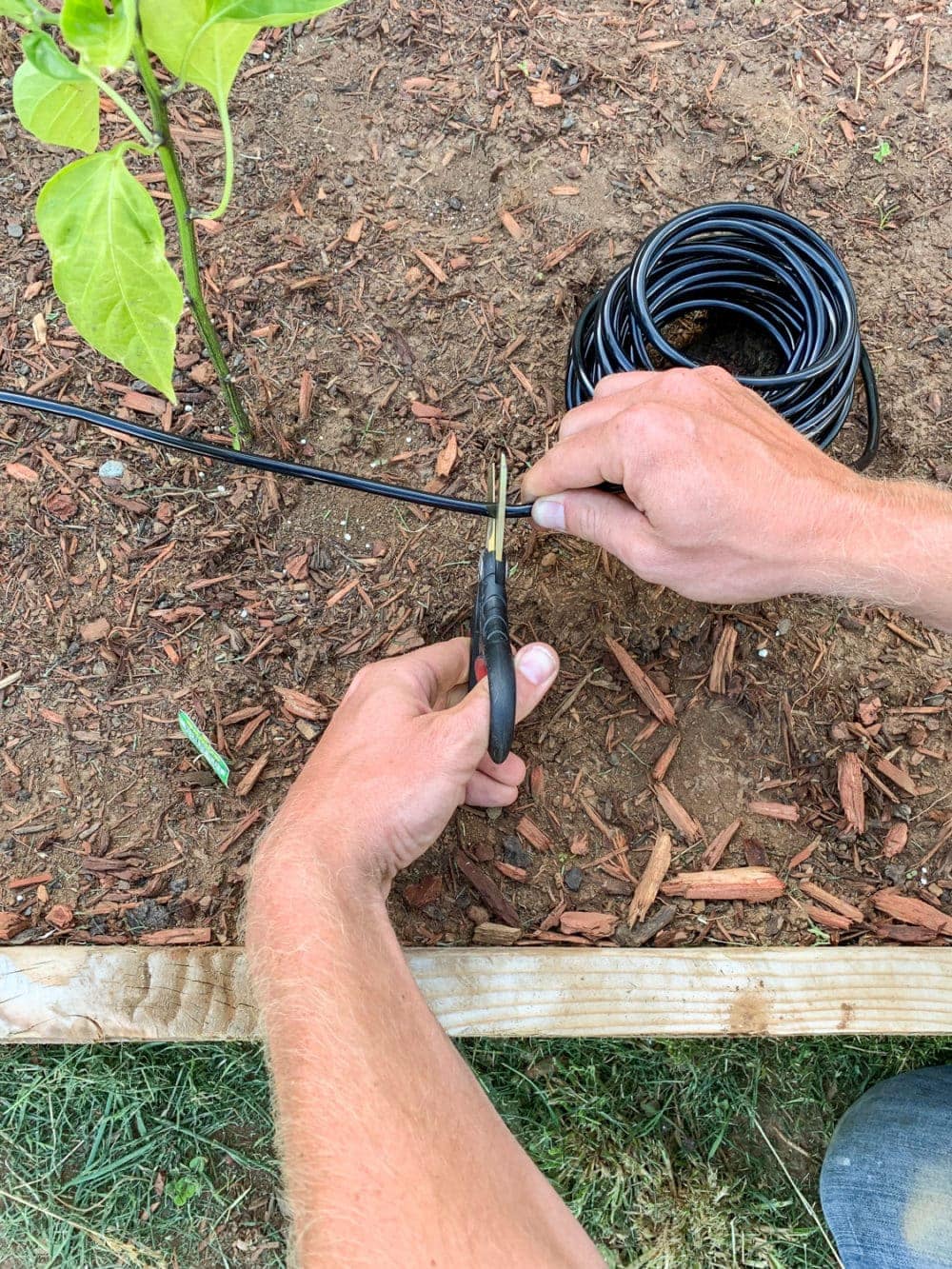
How To Install 1/4″ Barbed Drip Fittings
To connect drip irrigation tubing to a barbed fitting, press them firmly together by hand. Make sure to keep pressing them together until the tubing slides past the barbs on the fitting.
Joining tubing and a barbed fitting instantly creates a watertight seal. The connection stays sealed in place without any glue, fasteners or hose clamps.
Quick Tip: This does require a little bit of hand strength and force. If you’re having trouble getting the hose pressed all the way onto the fittings, try letting the tubing sit out in the sun for a few hours, or soaking the tubing in hot water. Installation requires less force when the tubing is hot because it’s more flexible and elastic.
If you mess up, it’s possible to remove a fitting. Simply pull and twist. With a little tug, the barbed fitting should separate from the tubing without a ton of force.
As long as nothing breaks, you can reuse both the tubing, and the fittings.
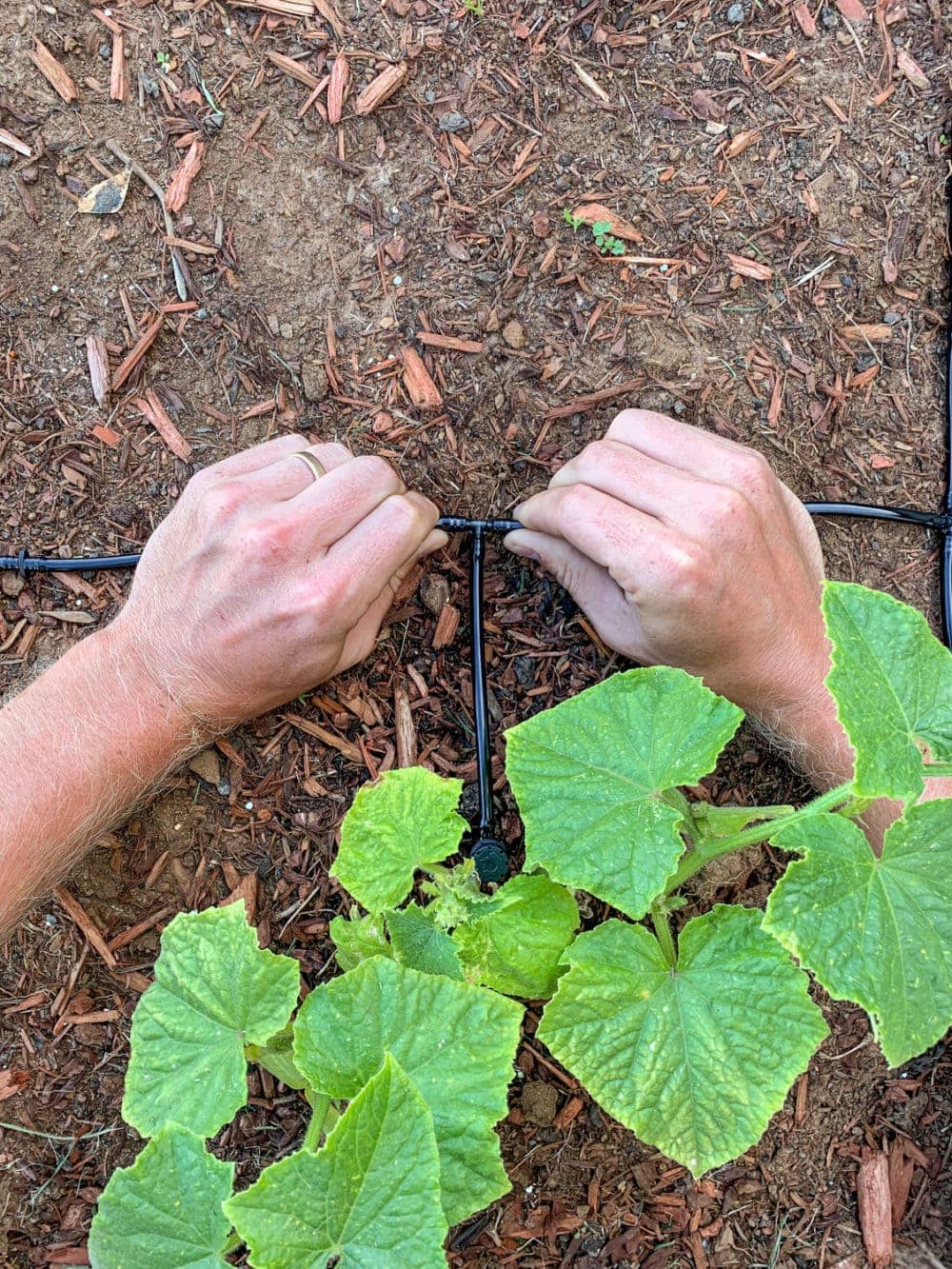
Step 3: Setup An Auto-Watering Timer
A programmable timer is what makes an automatic drip irrigation system extremely convenient. An auto-watering timer can be programmed to water your garden on a schedule that works best for the plants you’re growing.
Best Automatic Garden Watering System
I recommend this programmable automatic watering timer because it is extremely user friendly. After installing two AA batteries you can easily start programming the timer based on the needs of your specific crops.
Install the timer directly onto a faucet, like in the photo above, or simply mount it right to your raised garden bed like I did in our garden last year (below).
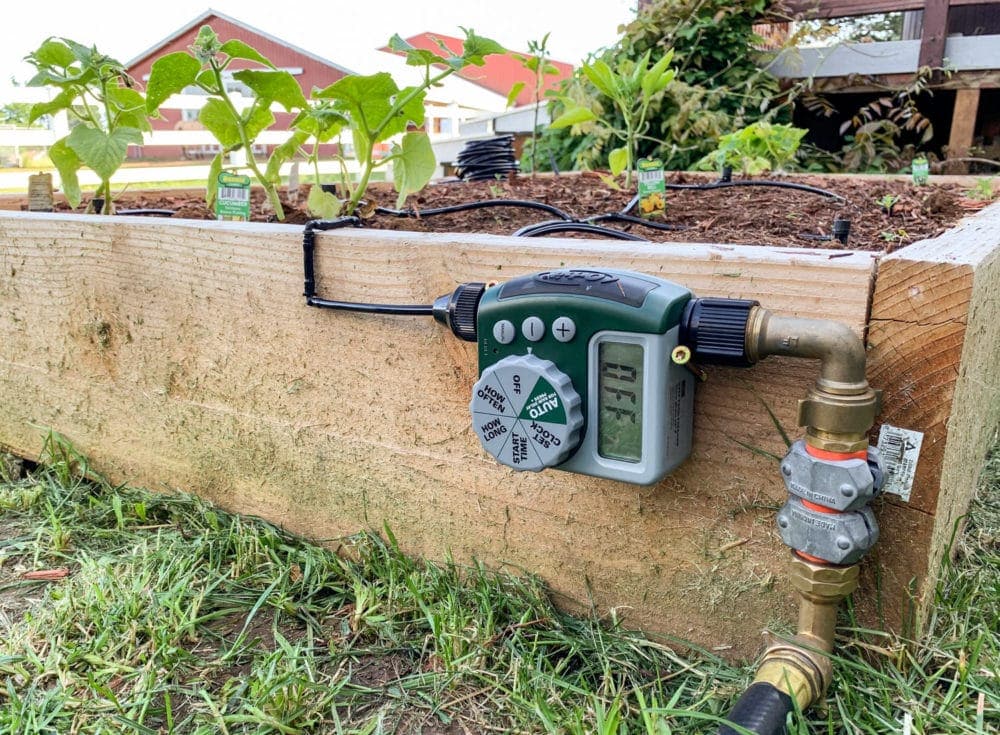
How Often Should You Water Your Garden?
Unfortunately, there isn’t a good one-size-fits-all answer. How much water a garden needs depends on the types of plants, and the climate.
For growing vegetables in a raised garden bed in Oregon’s temperate Willamette Valley, I like to setup my automatic drip irrigation system to water every morning for 10 minutes. This doesn’t provide the full amount of water needed, but it rains infrequently throughout the summer to make up the difference.
When it’s especially hot or dry, I’ll increase the watering duration to 15 min per day.
Pro Tip: You can fine-tune the amount of water delivered to each plant by adjusting the drip emitters.
Using a drip irrigation kit for vegetable gardens makes it easy to customize the amount of water each plant is receiving.
For example: hot peppers are native to dry climates, so they don’t require as much water as other vegetables. Turn the adjustable flow rate down on the drip emitters supplying water to hot peppers such as jalapeños or habaneros.
Keep in mind that a properly functioning drip irrigation system will only leave a small visible wet area on the surface soil around a drip emitter. This might be a bit of an adjustment if you’re used to hand watering and seeing everything sopping wet. But don’t worry, most of the water is below the surface – which is what you want!
Don’t Forget The Plant Food!
- Feeding your outdoor plants is a breeze with the Miracle-Gro Garden Feeder with easy hose hookup
Your outdoor automatic drip watering system will provide all the water needed, however, your plants still need food. There are a number of different ways to feed your crops, but I recommend using this Miracle-Gro Garden Feeder All Purpose Plant Food from Amazon. It makes the job super easy! For best results, feed every 1-2 weeks.
Printable Garden Planner
During my first few years of gardening, I didn’t keep track of anything because I really thought I’d remember – but nope! I forgot it all. This is exactly why I’ve created the Printable Garden Planner.
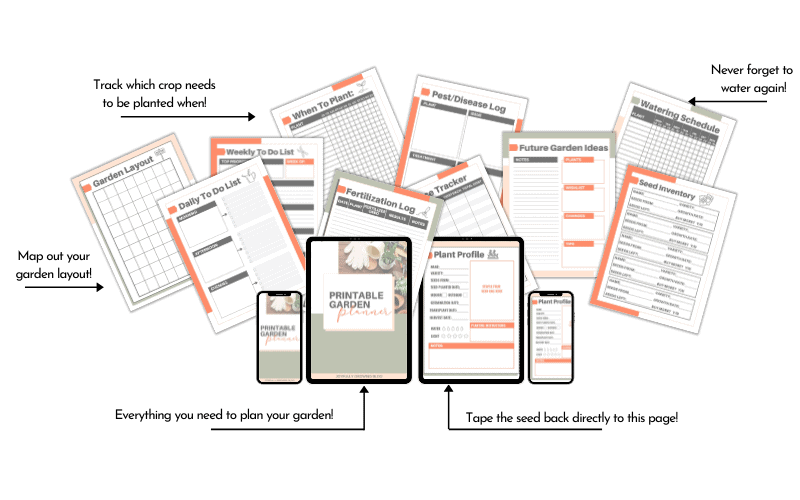
If you enjoyed this tutorial and want to see more projects like this one, check out all of our DIY projects. Thanks for reading along! Let me know if you have any questions in the comments below.
UP NEXT: How To Build A Raised Garden Bed
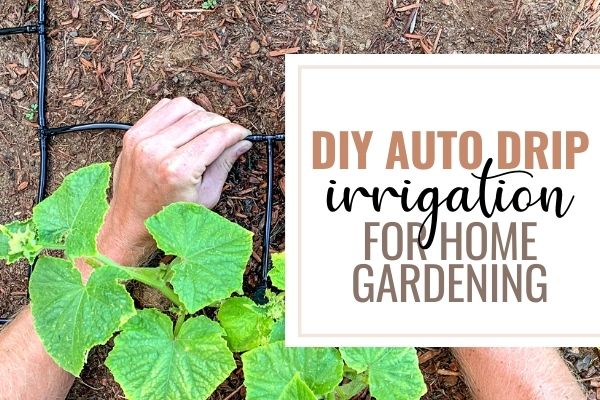


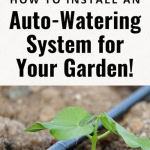
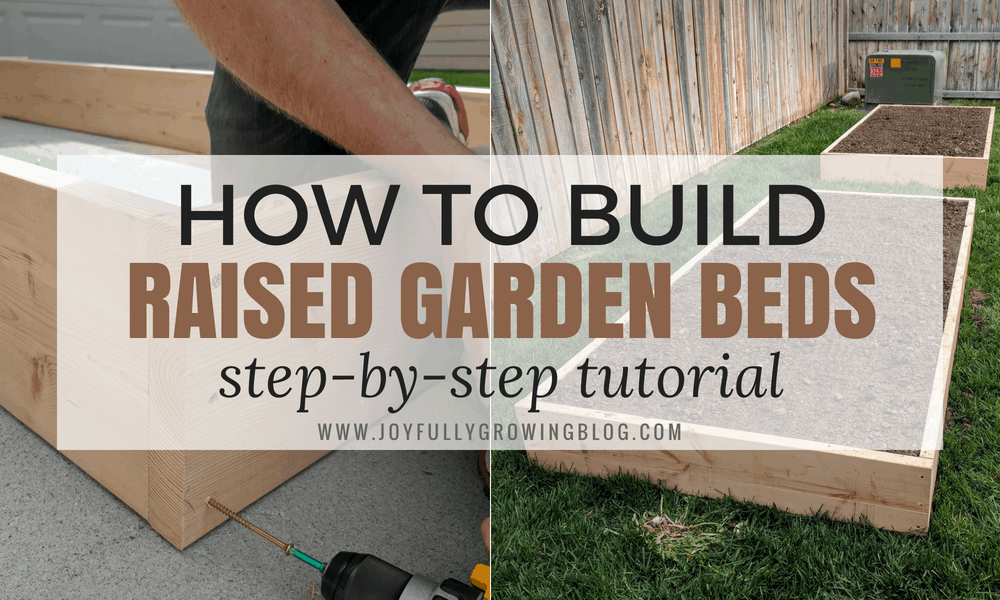
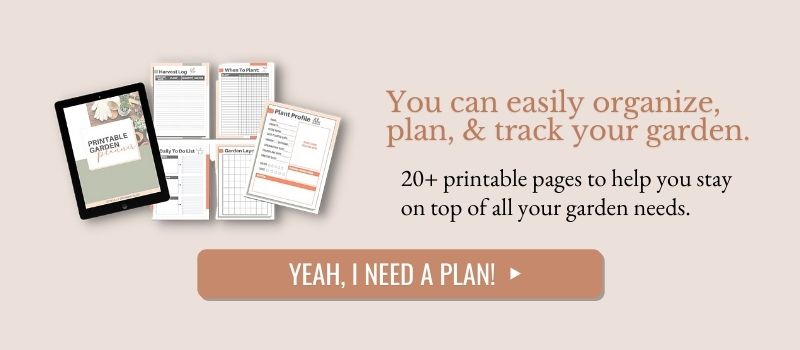

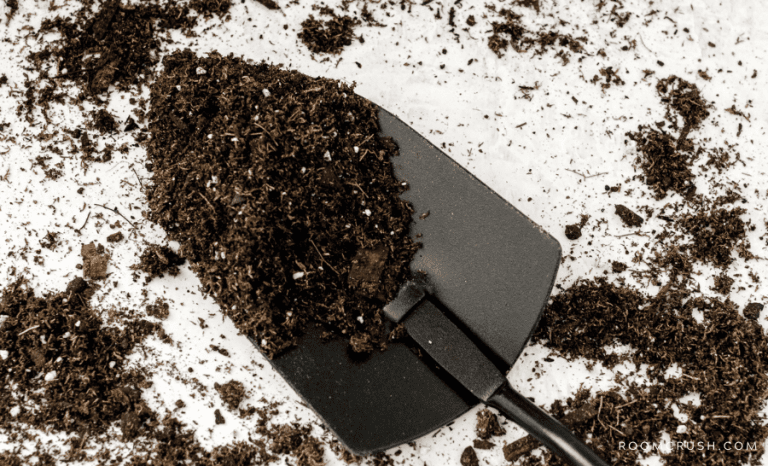

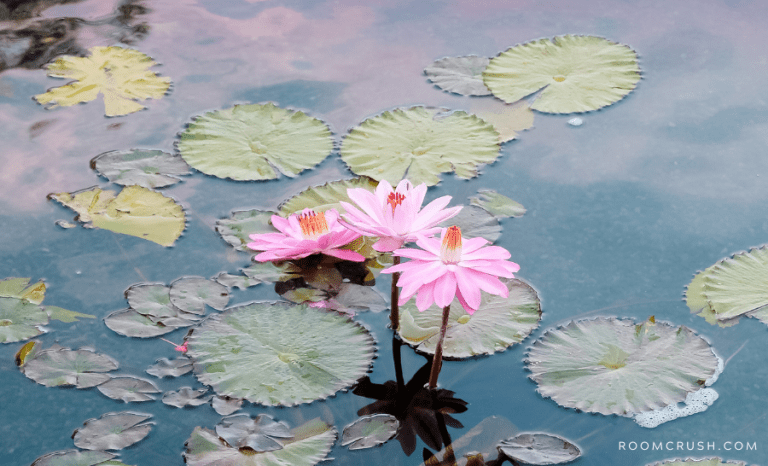

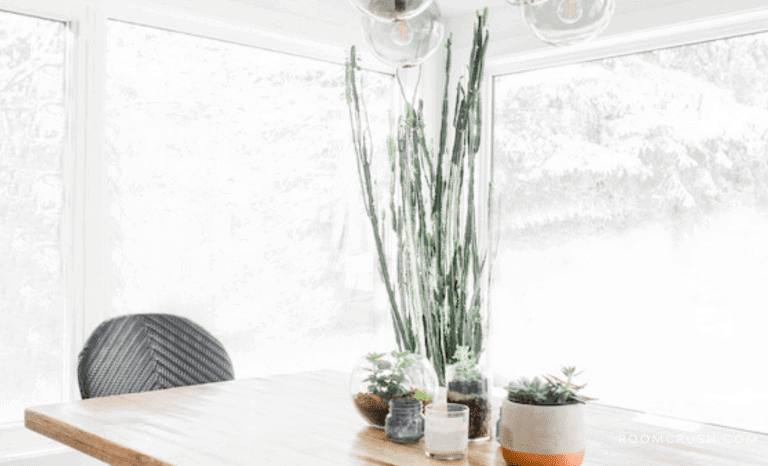
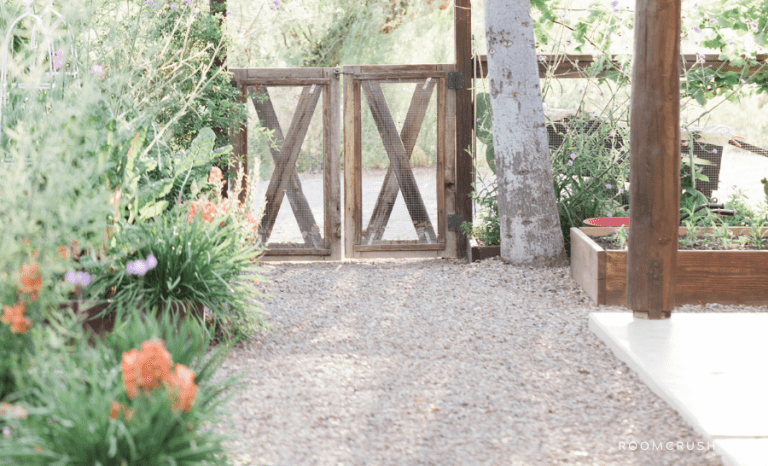
Great Post! The tips you have mentioned in this article for garden sprinklers are impressive. Thanks for sharing valuable information!
Thank you!